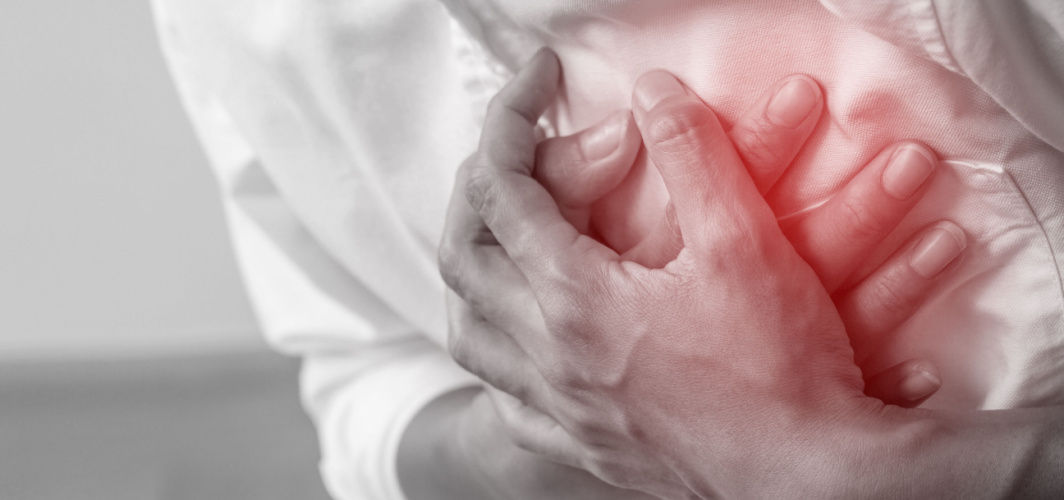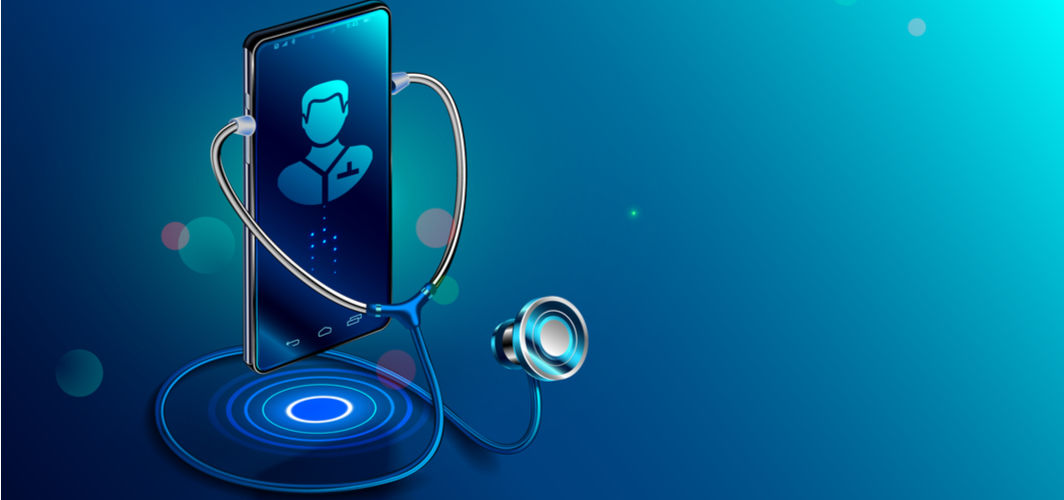Heart Conditions
First Aid For Heart Attack
9 min read
By Apollo 24|7, Published on - 18 July 2023, Updated on - 11 January 2025
Share this article
0
1 like

A heart attack, also known as a myocardial infarction, occurs when the blood supply to the heart is blocked, usually by a blood clot. It is a life-threatening condition that requires immediate medical attention. Understanding the importance of first aid for a heart attack can make a significant difference in saving a person's life. You need to be quick to deliver immediate medical care to a person experiencing a heart attack. The longer the delay in receiving treatment, the greater the damage to the heart muscle. Administering first aid promptly can help stabilise the person until medical professionals arrive.
It's important to remember that while first aid can help manage a heart attack, it is not a substitute for medical treatment. Once medical assistance arrives, the person will be taken to the hospital for further treatment.
Signs and Symptoms of a Heart Attack
A heart attack is a medical emergency that requires immediate attention. Knowing the signs and symptoms of a heart attack can help you take action quickly and potentially save a life. Here are some key points to help you understand what to watch out for:
- Chest pain or discomfort: This is the most common symptom of a heart attack. It may feel like pressure, squeezing, or fullness in the chest and can last for several minutes.
- Shortness of breath: Feeling breathless, even without any physical exertion, can be a sign of a heart attack. It may also be accompanied by sweating and dizziness.
- Pain in other areas of the body: Sometimes, the pain can radiate to the jaw, neck, arm, or back. This is especially common in women.
- Nausea, vomiting, or lightheadedness: These symptoms can occur alongside chest pain and should not be ignored.
Causes and Risk Factors of a Heart Attack
Understanding the causes and risk factors of heart attacks is essential in taking proactive steps towards prevention. Several risk factors that can contribute to the increased risk of a heart attack include:
- High blood pressure: Consistently elevated blood pressure puts additional strain on the arteries, making them more prone to damage and plaque buildup.
- High cholesterol levels: Excess cholesterol in the bloodstream can accumulate in the arteries, forming plaques that narrow the vessels.
- Smoking: Chemicals in tobacco smoke (carbon monoxide and nicotine) can damage blood vessels and accelerate the progression of heart attacks.
- Family history: If close relatives, such as parents or siblings, have a history of heart disease, your risk may be higher.
- Age: As you get older, your risk of developing heart attacks increases because as you age your arteries keep on getting stiff, thus hampering the blood supply.
Responding to a Heart Attack
When it comes to responding to a heart attack, every second counts in ensuring the best possible outcome for the patient. If the affected person is unconscious and not breathing, here's what you need to do:
1. Call Emergency Services
- This is the most crucial step in responding to a heart attack. Dial emergency helpline numbers immediately to ensure professional help reaches the patient urgently. In India, the emergency number is 112, which can be dialled from any mobile or landline phone.
- Remember, it's better to be safe than sorry. Even if you're unsure whether someone is having a heart attack or not, it's always recommended to call for help.
- Stay on the line with the operator and provide all the necessary information they ask for, such as the location, condition of the patient, and any other relevant details. This will help them prioritise the case and dispatch medical professionals promptly.
2. Administering CPR (Cardiopulmonary Resuscitation)
Cardiopulmonary Resuscitation (CPR) is a life-saving technique that can be performed by anyone to help someone experiencing a heart attack or cardiac arrest before medical professionals arrive. Here is an explanation of the CPR technique and a step-by-step guide on how to perform it effectively and safely:
- CPR combines chest compressions and rescue breaths to keep oxygenated blood flowing to the vital organs of the body, especially the brain.
- Chest compressions: Place the heel of your hand on the centre of the person's chest. Place your other hand on the top and then interlock your fingers. Keep your elbows straight and use your body weight to push down hard and pump fast, aiming for a depth of 2 inches.
- Rescue breaths: After every 30 or so compressions, open the person's airway by tilting their head and lifting their chin. Pinch their nose shut, form a seal around their mouth with yours, and administer two rescue breaths, each lasting about 1 second.
- Continue the cycles comprising 30 compressions followed by two rescue breaths until professional help arrives or the person shows signs of breathing.
3. Using an AED (Automated External Defibrillator)
When it comes to providing first aid for a heart attack or cardiac arrest, one crucial tool that can make a difference is an Automated External Defibrillator (AED). An AED is a portable device that delivers an electric shock to the heart, helping to restore its normal rhythm.
The purpose of an AED is to restart the heart by delivering controlled electrical shocks. Using an AED as soon as possible can significantly increase the likelihood of survival for someone experiencing a heart attack or cardiac arrest.
If an AED is available, follow these instructions to use it effectively:
1. Turn on the AED and follow the voice prompts.
2. Open the person’s shirt to expose their chest.
3. Attach the electrode pads to the person’s bare chest as indicated on the pads.
4. Make sure no one is touching the person and press the analyse button.
5. If a shock is advised, ensure no one is touching the person and deliver the shock by pressing the shock button.
Assisting with Medications
1. Nitroglycerin Administration
Nitroglycerin is a commonly used medication in the treatment of chest pain during a heart attack. It works by relaxing the coronary arteries, which improves blood flow to the heart and helps relieve symptoms.
Here are some key points to remember when administering nitroglycerin:
- Before administering nitroglycerin, make sure to wear gloves if available to prevent any potential skin irritation.
- It is important to note that nitroglycerin can cause a drop in blood pressure, leading to dizziness or lightheadedness. Therefore, it is crucial to have the person sit or lie down after taking nitroglycerin to prevent falls or accidents.
- If the chest pain persists after taking nitroglycerin, call for emergency medical assistance immediately.
2. Aspirin Administration
Aspirin is an essential component of first aid for a heart attack. When administered promptly, aspirin can help reduce blood clot formation and improve the chances of survival. Here are some key points to remember when administering aspirin during a heart attack:
- Benefits of aspirin: Aspirin works by inhibiting the aggregation of platelets, which are responsible for blood clot formation. By reducing the formation of blood clots, aspirin helps to maintain blood flow to the heart and prevent further damage during a heart attack.
- Administering aspirin: It is important to administer aspirin as soon as possible after the onset of symptoms. The recommended dose is 150-300mg, which is usually one adult-strength tablet or two low-dose tablets (75mg each).
- Be cautious with allergies: Before administering aspirin, make sure the person does not have any known allergies or contraindications to aspirin. If there are any concerns, it is best to consult a healthcare professional.
Comfort and Support Measures
1. Positioning the Person
When providing first aid for a heart attack, it is essential to ensure that the person is in a comfortable position. The guidelines include:
- Placing the person in a semi-sitting position, supporting their back with pillows or using a reclining chair.
- Ensuring their head and shoulders are elevated but avoid fully lying them down.
- Staying with the person and offering comforting words to help reduce their distress.
2. Loosening Tight Clothing
During a heart attack, it is crucial to loosen tight clothing to ensure unrestricted blood flow and ease breathing. Here’s what you can do:
- Assist with removal: Gently ask the person if they need assistance with removing any constricting items, such as ties, belts, or tight collars. Be gentle to avoid causing any unnecessary pain or discomfort.
- Be cautious: If the person is unconscious or unable to remove their clothing, use caution while assisting. Avoid pulling forcefully or causing any unnecessary strain on their body.
Post-Heart Attack Care
Recovery and Rehabilitation after a heart attack are crucial for your long-term health and well-being. Here's what you need to follow:
- Medical Follow-up: Regular check-ups with your doctor are essential to monitor your progress, adjust medications if needed, and address any concerns or complications.
- Cardiac Rehabilitation: These programs consist of exercise training, education, and counselling sessions to improve heart health and promote a healthy lifestyle. They also provide emotional support and guidance for managing stress.
- Lifestyle Changes: Adopting a heart-healthy lifestyle is crucial for preventing future heart attacks. This includes quitting smoking, eating a balanced diet low in saturated fats and cholesterol, engaging in regular physical activity, managing stress, and maintaining a healthy weight.
- Emotional Support: It is normal to experience anxiety, depression, or fear after a heart attack. Seek support from friends and family to cope with these emotions and improve your mental well-being.
Takeaway
When it comes to a heart attack, every second matters. Knowing the proper first aid techniques can make a significant difference in saving a person's life. To help a person experiencing a heart attack or cardiac arrest you must familiarise yourself with the common symptoms, dial emergency services immediately, use medications like nitroglycerin or aspirin and perform CPR if the person becomes unresponsive and is not breathing normally. For more information, consult a heart-disease specialist.
Consult Apollo's Expert Cardiologists
FAQs
Q. Which tests can help prevent & manage heart attacks?
Nuclear stress tests, MRIs, and CT scans are some technologies that are available for analysing the condition of your heart, thus preventing a heart attack.
Q. Can one make a full recovery after a heart attack?
Yes, many people recover quickly after a heart attack. Prevention efforts are important for lowering your risk of a second heart attack and keeping you healthy for a long time to come.
Q. What lifestyle modifications can help prevent a heart attack?
Consuming a healthy diet, maintaining a healthy weight, managing stress, and exercising daily can help prevent a heart attack.
Q. Are there any lifestyle factors that increase the risk of heart attacks?
Yes, certain lifestyle factors such as smoking, high blood pressure, obesity, a sedentary lifestyle, and a diet high in saturated and trans fats can increase the risk of heart attacks.
Q. What foods should a person eat after a heart attack?
A diet with plant-based foods like fruits and vegetables, beans and whole grains is ideal post a heart attack.
Medically reviewed by Dr Sonia Bhatt.
Heart Conditions
Consult Top Cardiologists
View AllLeave Comment
Recommended for you

Heart Conditions
Better Heart Care Using the Power of Digital Health
World Heart Day 2021 aims to explore innovative ways to use digital health to improve awareness, prevention and management of CVD across the globe.

Heart Conditions
Does Stress Increase the Risk of Hypertension and Cardiovascular Problems?
According to a new study, higher levels of stress can increase one’s risk of high blood pressure and cardiovascular events such as heart attack or stroke.
.jpg?tr=q-80)
Heart Conditions
Stay Ahead of Hypertension: Effective Screening and Prevention Tips
Hypertension is a growing concern in India, affecting nearly 30% of the adult population. This alarming rise is primarily because of changing lifestyle factors, making high blood pressure a worrisome issue in the country. As modern living habits continue to evolve, the prevalence of hypertension has surged, underscoring the urgent need for awareness and proactive management.
Subscribe
Sign up for our free Health Library Daily Newsletter
Get doctor-approved health tips, news, and more.
Visual Stories

World Heart Day 2021: Take charge of your health
Tap to continue exploring
Recommended for you

Heart Conditions
Better Heart Care Using the Power of Digital Health
World Heart Day 2021 aims to explore innovative ways to use digital health to improve awareness, prevention and management of CVD across the globe.

Heart Conditions
Does Stress Increase the Risk of Hypertension and Cardiovascular Problems?
According to a new study, higher levels of stress can increase one’s risk of high blood pressure and cardiovascular events such as heart attack or stroke.
.jpg?tr=q-80)
Heart Conditions
Stay Ahead of Hypertension: Effective Screening and Prevention Tips
Hypertension is a growing concern in India, affecting nearly 30% of the adult population. This alarming rise is primarily because of changing lifestyle factors, making high blood pressure a worrisome issue in the country. As modern living habits continue to evolve, the prevalence of hypertension has surged, underscoring the urgent need for awareness and proactive management.



